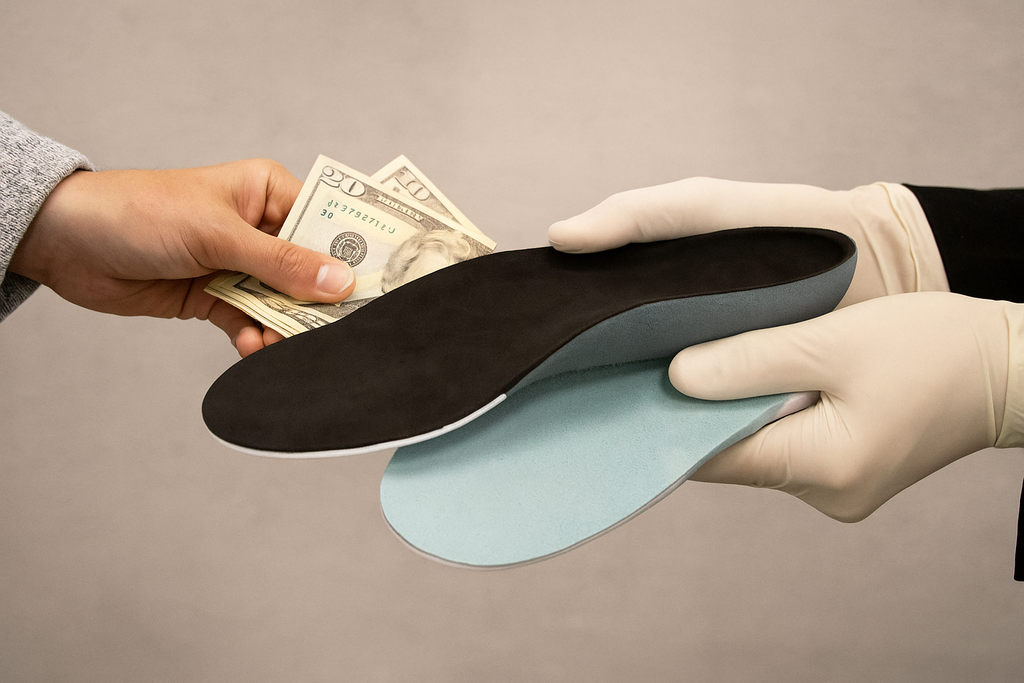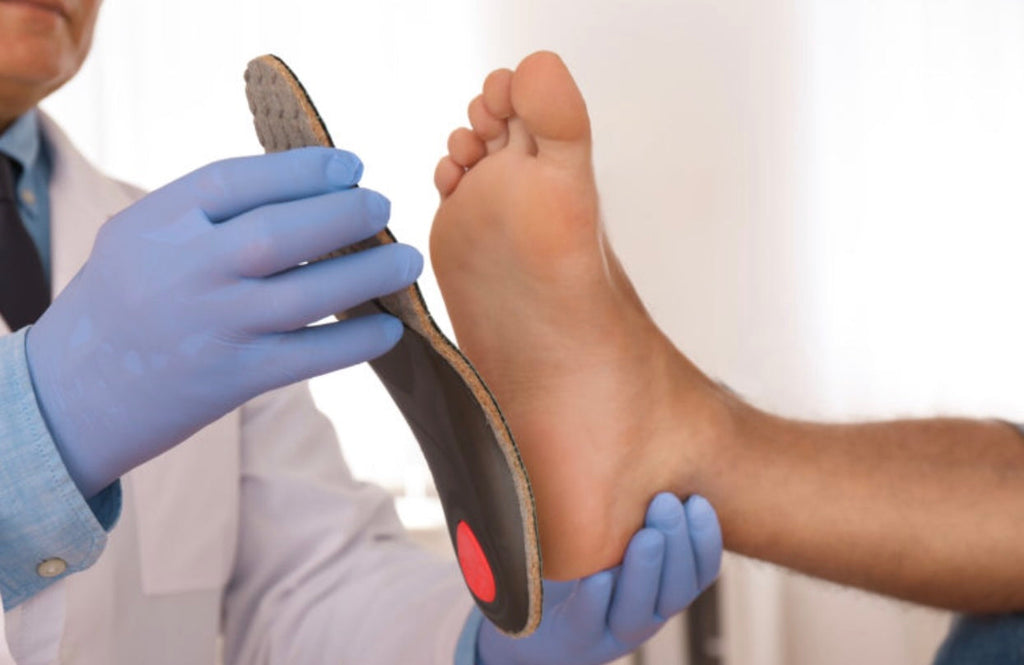Flat Feet Operation
Flat feet operation is a last resort solution reserved for severe cases of flat feet that have seen no improvement with conservative treatment options like the use of custom orthotics for flat feet, supportive shoes, and therapy.
It is therefore not something that many people suffering from flat feet will need. In fact, less than 10% of the people with flat feet will ever need surgical intervention.
Types of Flat Feet Operations
There are different types of surgeries used to correct flat feet. The particular type of types that will be used will mainly be determined by the underlying cause of the flat feet. Other factors like age and the severity of the symptoms will also be considered.
Here are some of the more common surgical procedures for flat feet:
Tendon Repair or Transfer
The posterior tibial tendon (PTTD), which is one of the main tendons providing support for the arch, can sometimes get damaged for a number of reasons. When this happens, it might require repairs or a transfer and this will be done during this procedure.
Bone Cuts and Realignment (Osteotomy)
When flat foot is caused by bone misalignment, this procedure can be used to correct it. The procedure involves cutting and adjusting the affected bones so they are better positioned to support the foot's natural arch.
Joint Fusion (Arthrodesis)
This procedure is necessary in situations where instability in certain joints results in intense pain. To fix the issue, the affected joints are fused to reduce their movement to the barest minimum. Joints that are commonly affected are the subtalar and talonavicular joints and this instability is often caused by arthritis or advanced case of flat feet.
Lateral Column Lengthening
The arch can fall because the outer foot has collapsed, taking away the support the arch requires to stay up. This procedure, which involves inserting a bone graft to lengthen the lateral column, is carried out to reinforce this outer foot so it can provide the support required by the arch.
Subtalar Arthroereisis (Implant Insertion)
This procedure, like Arthrodesis, is used to treat cases of flat feet where the subtalar joint has collapsed resulting in excessive movement. Rather than cutting the bone and inserting a graft, this procedure simply inserts an implant which restricts the movement in the affected joints. This procedure is often preferred for younger patients.
The above are some of the common examples of flat feet operations that may be recommended. In some cases and depending on the complexity of the underlying cause, different procedures may be combined to achieve the required end result.
Conclusion
Many cases of flat feet do not have any symptoms and even a lot of those who have varying levels of symptoms can manage them effectively with the use of orthotics, supportive shoes, and therapy. For example, Stride Soles custom orthotics for flat feet have recorded impressive results when it comes to treating flat feet.
Before surgery is recommended, your surgeon will ensure that you have used the best orthotic inserts. Only when these do not work will surgery become an option to consider. Since this is only the case in less than 10% of people suffering from flat feet, there’s a more than 90% chance that your case can be handled with the use of the right orthotics, supporting shoes, or therapy.




